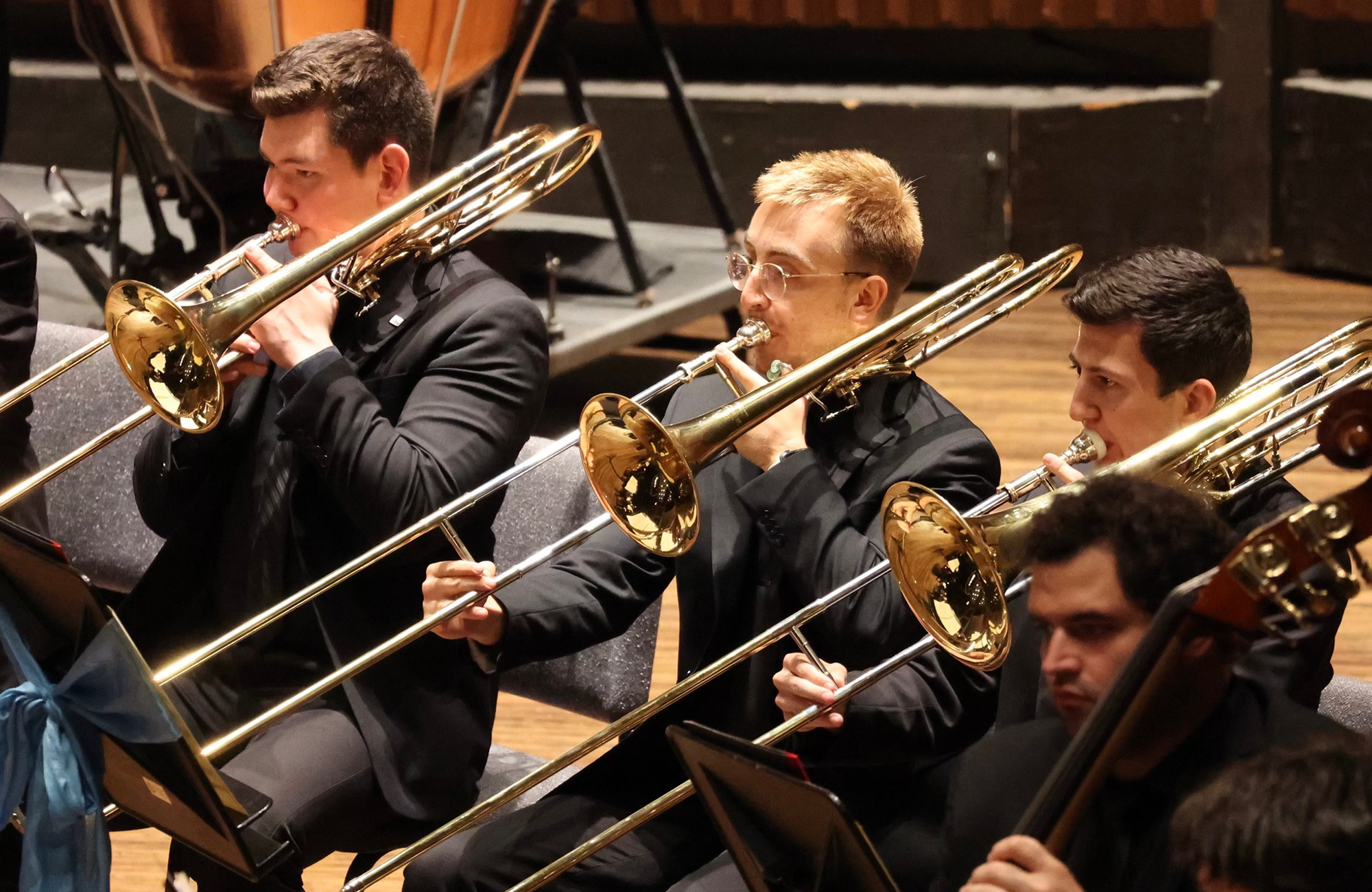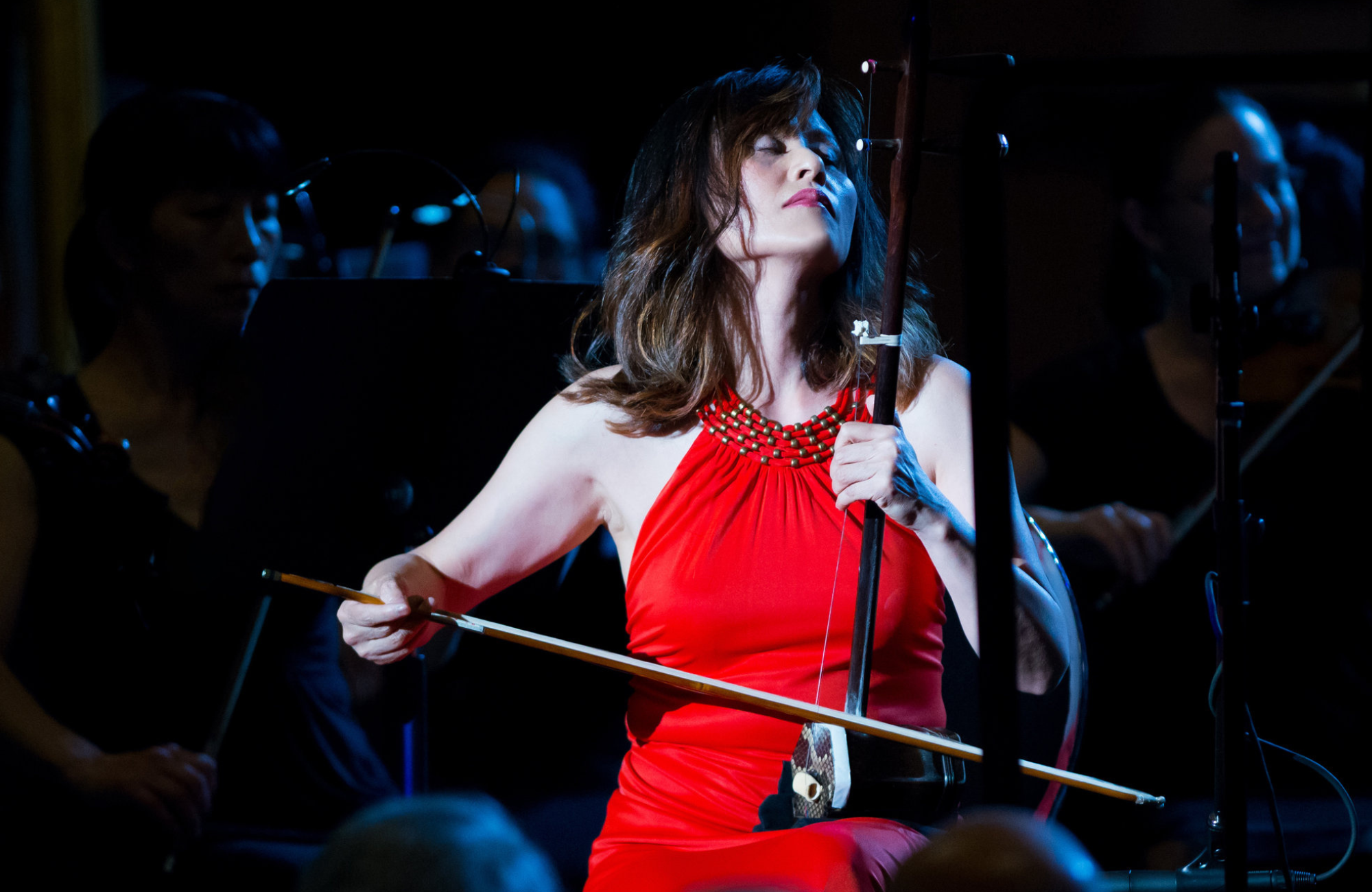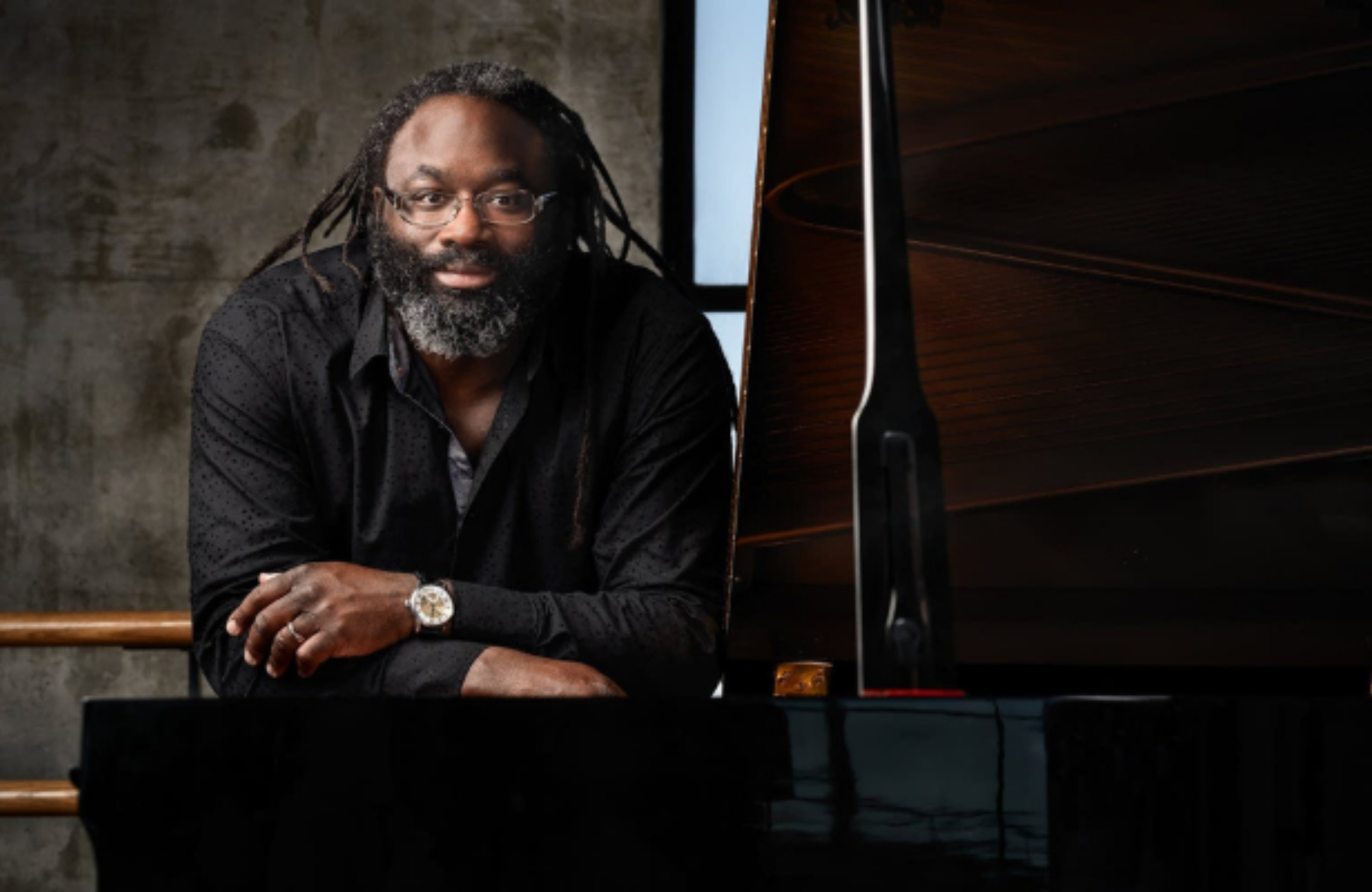It’s an evening with classical dance themes. We begin with Kodaly’s Dances of Galanta. Listen for the sounds of Russian folk tunes and castanets when violinist Stefan Jackiw performs Prokofiev’s Violin Concerto. The program finishes with Beethoven’s Symphony No. 7, which Beethoven himself spoke of fondly as “one of my best works”.
PROGRAM
KODALY: Dances of Galanta
PROKOFIEV: Concerto No. 2 in G minor for Violin and Orchestra, Opus 63
BEETHOVEN: Symphony No. 7 in A major, Opus 92![]()
Thank you to our generous sponsors!
Thank you to our series sponsors!
Masterworks Series Title Sponsor:
Exclusive Auto Sponsor:
Masterworks Series Media Sponsor:
Thank you to our concert sponsors!
James & Marilyn Seago
PROGRAM NOTES
The publicity for this concert highlighted the dance spirit that courses through it—for good reason. Our opening number, Dances of Galánta (1933) by Hungarian composer Zoltan Kodály (1882-1967), evokes dances he heard as a child. The Symphony No. 7 in A, op. 92 (1811–1812) by Ludwig van Beethoven (1770–1827) was described by fellow composer Richard Wagner as “the apotheosis of the dance.” And while the Violin Concerto No. 2 in G Minor, op. 63, by Sergei Prokofiev (1891-1953) isn’t quite so obviously infused with ...
The publicity for this concert highlighted the dance spirit that courses through it—for good reason. Our opening number, Dances of Galánta (1933) by Hungarian composer Zoltan Kodály (1882-1967), evokes dances he heard as a child. The Symphony No. 7 in A, op. 92 (1811–1812) by Ludwig van Beethoven (1770–1827) was described by fellow composer Richard Wagner as “the apotheosis of the dance.” And while the Violin Concerto No. 2 in G Minor, op. 63, by Sergei Prokofiev (1891-1953) isn’t quite so obviously infused with dance, it too contains bursts of dance music, especially in its waltz-like finale. Yet the pieces are not at all similar—each has a radically different emotional resonance.
Kodály spent much of his early life in the town of Galanta, in present-day Slovakia—and nostalgia certainly helped fuel The Dances of Galánta, which was commissioned in 1933 to commemorate the Budapest Philharmonic’s 80th anniversary. But nostalgia wasn’t the only force behind the work; Kodály was also deeply committed to preserving the musical past. Besides being a composer and teacher, he was a pioneer in the field of ethnomusicology, and like Bartók (with whom he collaborated) and Percy Grainger, he used early recording technology to collect folk songs in the field in order to document authentic performance style. But the source material for Dances of Galánta reaches back before his own collecting: It’s based on Hungarian folk tunes and Romani melodies that he discovered in printed collections from a century earlier. As tonight’s conductor Stephen Mulligan points out, it incorporates “a genre of music called the verbunkos,” a genre that originated as “military recruitment music, where you would start off with slow music and then play the friska, which is fast, jumping music.” The Dances of Galánta is ingeniously orchestrated in a way that summons up the sound of the Romani band that was, the composer said, the “first ‘orchestral sonority’” that “came to [his] ear.”
If the Kodály seems a fond look backward, the dance energy of the Beethoven Seventh seems a celebratory look ahead. The symphony was first performed in 1813 at a benefit concert for soldiers injured at the Battle of Hanau—a concert that also included Beethoven’s Eighth Symphony and his Wellington’s Victory, a massive work for multiple orchestras (and artillery) written to honor Wellington’s victory over the French at Vitoria. Thus, says Stephen, despite Beethoven’s increasing deafness, “It was a happy moment in his life, since Napoleon had basically been defeated.” As a result, he continues, one can consider it the closing bookend of Beethoven’s “heroic period.” In a sense, that period began with the Third Symphony (the Eroica)—Beethoven had dedicated the Third to Napoleon as a champion of liberty, but had ripped the dedication from the manuscript when Napoleon declared himself Emperor. Now, a decade later, with Napoleon in retreat, the erasure of that dedication found its vindication.
True, the Seventh appears to be a work of absolute music, without a program. It doesn’t have an explanatory subtitle (as the Third does); it doesn’t serve to describe external scenes (as the Sixth, the Pastorale, does); nor does it set a verbal text (as the Ninth was later to do). Nonetheless, since that historically charged premiere, it has had a political edge, sharing the anti-authoritarian spirit of such works as the prison-rescue opera Fidelio (the final version of which was premiered just a few months later). That aura of social commitment has remained for over two centuries. The popular second movement (encored at the premiere) was transformed by activist folksinger Pete Seeger into a song whose opening words (grammar sacrificed in favor of rhythm) are “We’ll work together, though we work different”; Daniel Barenboim chose the Seventh to celebrate the fall of the Berlin Wall.
The Seventh is in the traditional four movements—although, as is so often the case with Beethoven, those movements don’t work in entirely traditional ways. Take the beginning of the first movement: It’s an ambiguous and slowish introduction about four minutes long. It’s the longest introduction of any of Beethoven’s symphonies, and probably the longest of any symphony written by anyone up to that point. It’s sufficiently long, in fact, that you might think you were already hearing the movement’s exposition. Then, after a few measures of hesitation, it springs into a Vivace based on an obsessively repeated rhythmic figure—giving the work a sharp rhythmic focus that lasts, nearly without letting up, until the end of the finale. In fact, while we might reasonably expect a slow movement to follow, the Seventh doesn’t have a real slow movement. What we get instead is an Allegretto (rather brisk) that similarly relies on a repeated rhythmic figure.
The third movement resists tradition, too. It’s a scherzo and trio—a development of the traditional minuet and trio we find in so many earlier symphonies; but it works quite differently from its predecessors. That’s most obvious in its overall form. Normally, such a movement would be in ABA form: It would begin with the scherzo, followed by the trio—after which the scherzo would return to provide a sense of balance. But here, when we get to the moment where the movement ought to end, the trio returns, followed by yet another race through the scherzo. Surely we’re ready for the end now? No. Like the proverbial bad penny, the trio seems to intrude yet again—but after a few quizzical bars, wandering between major and minor, the curtain suddenly drops. After all this, it’s hard to believe there’s more energy to come—but the hyperkinetic finale dances to a monumental conclusion.
For all their differences in style and perspective, the dance elements of the Kodály and the Beethoven give the music a sense of stability. The Prokofiev Second Violin Concerto, says tonight’s soloist Stefan Jackiw, creates “a feeling of spiraling or careening out of control.” Yes, there’s some disruption in the Beethoven, too, especially, as we’ve seen, in the unconventional structure of the third movement; but on the whole, the symphony drives steadily forward. Prokofiev’s Concerto, in contrast, trips you up.
The work was written more or less contemporaneously with Romeo and Juliet in 1935. It was a momentous time in the Russian-born composer’s life. He had been living for years in Europe and the United States, but as the Great Depression wore on, he spent more and more time in (and directed more and more of his artistic energy toward) the Soviet Union—and in 1936, he returned home permanently. Perhaps because of its kinship with Romeo and Juliet, it’s often considered one of his gentler, more lyrical works, sharing the bitter-sweetness of the ballet. For the first performance by the New York Philharmonic, for instance, Robert Bagar and Louis Biancolli wrote program notes praising its “warmth,” “lyricism,” and “romantic spirit”—especially in the first two movements.
Stefan doesn’t see it that way. “This is not a romantic concerto; this is a modernist concerto at its core. There are certainly romantic moments, like the second theme of the first movement, which has a dreamy kind of sweetness. But to me, the romantic moments are actually more neoclassical in style—and so much of this piece is about darkness and iciness and steeliness—and also instability. There’s something even kind of nihilistic about it, despite its beautiful moments—like the way the first movement ends with pizzicatos that always remind me of a guillotine.”
The Second Concerto’s instability begins “from the very beginning,” which is scored for unaccompanied soloist. “The sound world of the violin alone puts us ill at ease,” says Stefan. “It’s not lush—and in the visual context of the orchestra on stage, hearing the soloist alone is slightly jarring.” The music’s use of meter heightens the effect. “The main theme of the first movement is in five. That’s not a comfortable number of beats, right?” It’s especially uncomfortable since the score is, for the most part, written in 4/4—so the music is constantly running against the bar-lines.
The third movement is even more unstable. “The third movement always reminds me of Ravel’s La Valse—not in terms of how it sounds, but in its concept. La Valse reaches a point of Western European opulence, and then degenerates into madness. Prokofiev’s third movement doesn’t ever have that kind of luxurious opulence, but it is in three at first, and then towards the end, we go into sevens and fives, so this waltz idea degenerates into chaos.” The final measures are appropriately marked “tumultuouso.”
Tonight’s soloist and conductor have worked together before, at the Aspen Music Festival, where they performed a work that, says Stefan, is “diametrically opposed to the Prokofiev”: the Mendelssohn Violin Concerto. It is, he continues, “one of the most life-affirming, joyful, effervescent pieces ever written. And Stephen was so sensitive, so joyful. I’m excited to see what our collaboration will be like in music at the opposite end of the spectrum.”
Peter J. Rabinowitz
Have any comments or questions? Please write to me at prabinowitz@SyracuseOrchestra.org
FEATURED ARTISTS
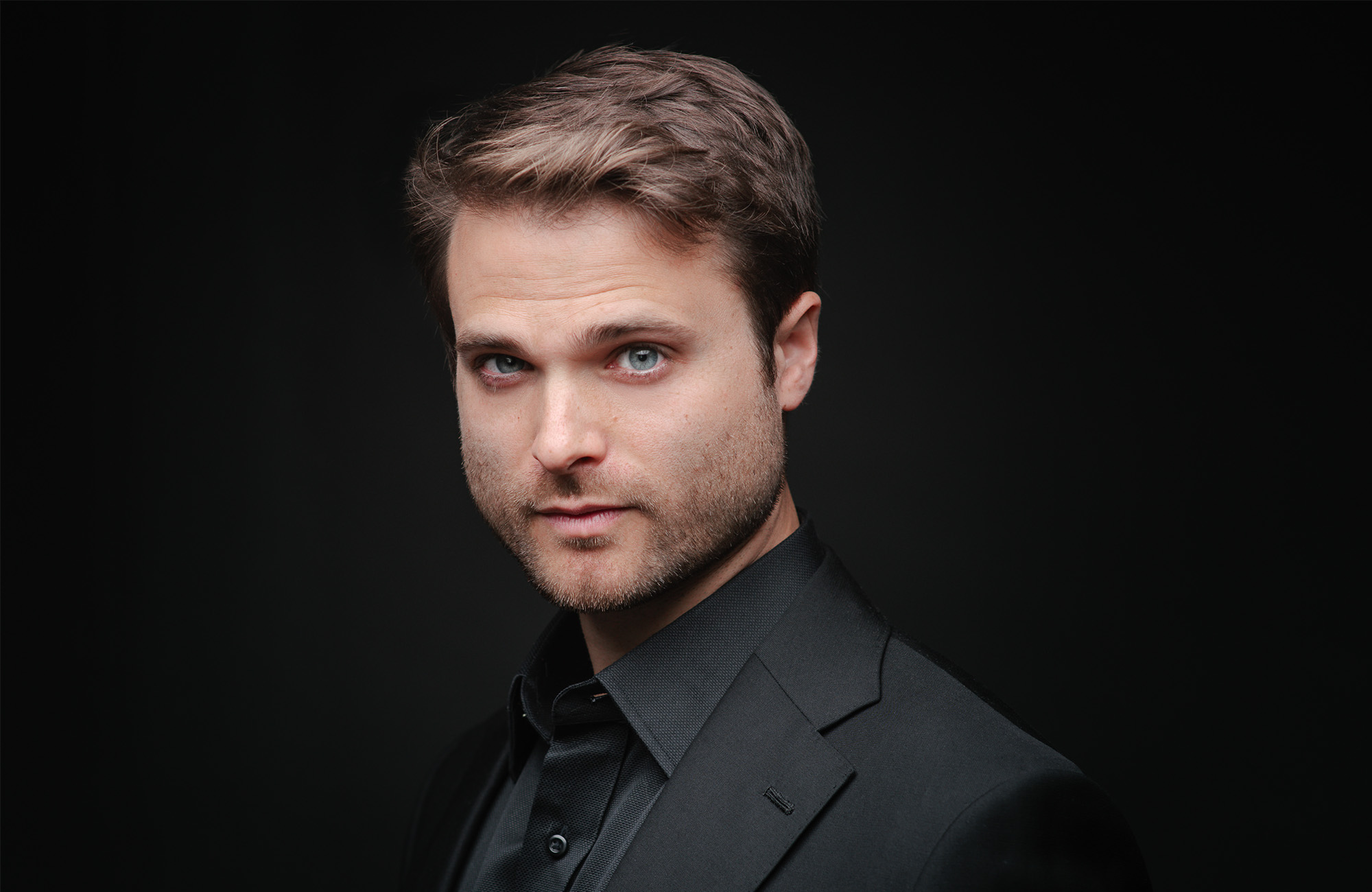
Stephen Mulligan is emerging as a compelling voice of his generation, known for his incisive musicality, imaginative programming, and dynamic presence on the podium. His work spans symphonic, operatic, and contemporary music, and he maintains a full guest conducting schedule across the US and Europe.
Highlights of ...
Stephen Mulligan is emerging as a compelling voice of his generation, known for his incisive musicality, imaginative programming, and dynamic presence on the podium. His work spans symphonic, operatic, and contemporary music, and he maintains a full guest conducting schedule across the US and Europe.
Highlights of the 2025–26 season include debuts with the New York Philharmonic, Baltimore Symphony, Syracuse Orchestra, and Cincinnati Opera, and return engagements with Ensemble MusikFabrik and Junges-Sinfonie Orchester Wetzlar. Following productions of Puccini’s La Rondine and Strauss’s Die Fledermaus, he also continues his collaboration with the University of North Texas Opera in a new staging of Handel’s Alcina.
As a guest conductor, he has also recently appeared with the Royal Danish Opera Academy, San Francisco Symphony, Dallas Symphony, Detroit Symphony, Minnesota Orchestra, Filarmonica Transilvania, Gulbenkian Orchestra, and Athelas Ensemble.
Stephen Mulligan is the recipient of the Aspen Conducting Prize and a three-time recipient of the Solti Foundation US Career Assistance Award. After his studies in Aspen, he was appointed Assistant and then Associate Conductor of the Atlanta Symphony Orchestra. He has also served as Resident Conductor of the Cincinnati Opera and a Dudamel Fellow of the Los Angeles Philharmonic.
As a composer, Mulligan studied with Jörg Widmann at the Barenboim-Said Akademie in Berlin. His Haiku for contrabassist and vocalist Begüm Aslan inspired the creation of the Begüm Aslan Composition Competition, and in the 2025–26 season, percussionist David Moliner will premiere the sequel, Haiku II, at the Elbphilharmonie in Hamburg. He will also be an artist in residence at the Willapa Bay Artist Residency in Washington State.
Stephen Mulligan is represented worldwide by Marianne Schmocker Artists New York and Munich.
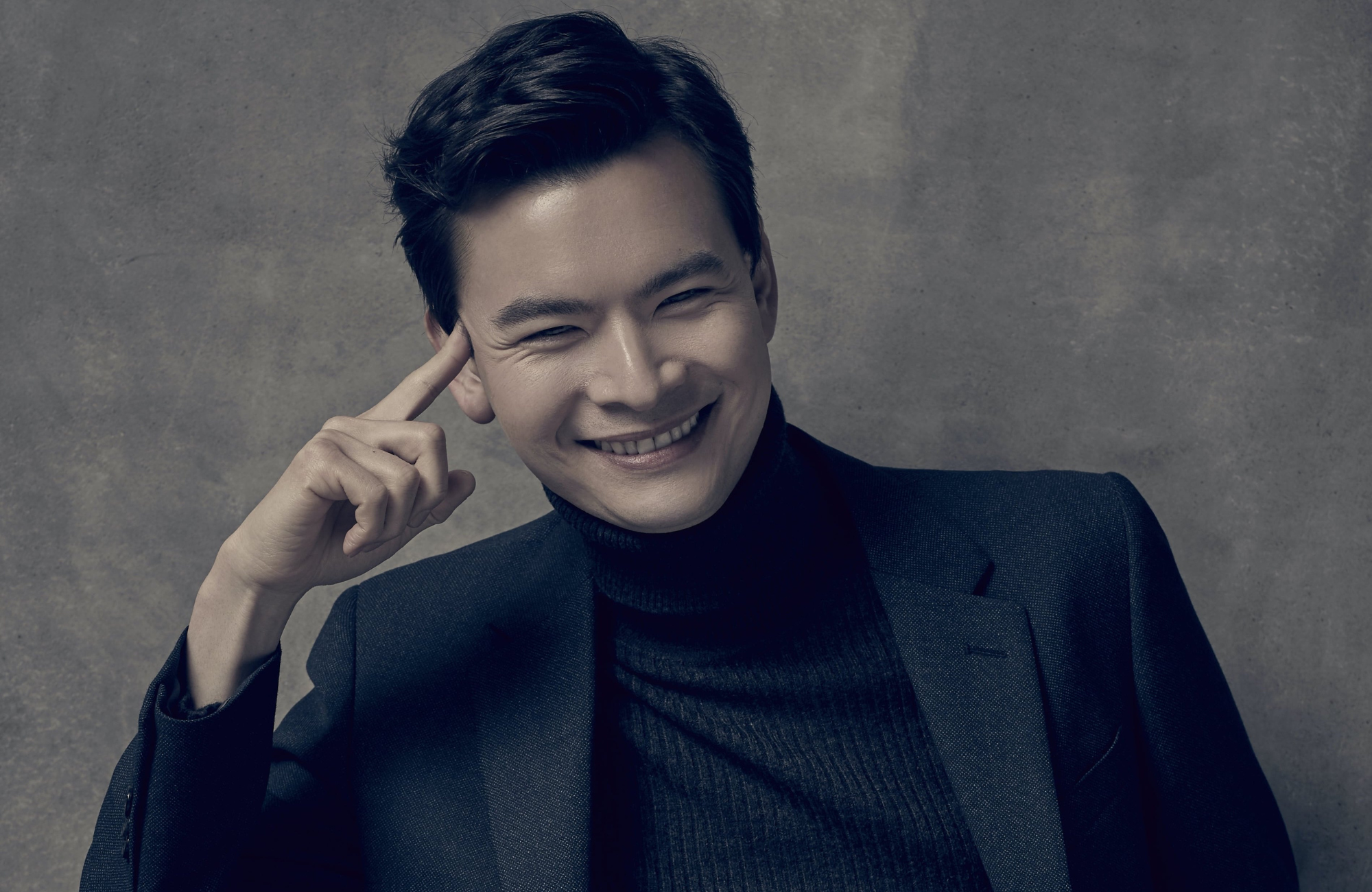
Stefan Jackiw is one of America’s foremost violinists, captivating audiences with playing that combines poetry and purity with impeccable technique. Hailed for playing of “uncommon musical substance” that is “striking for its intelligence and sensitivity” (Boston Globe), Jackiw has appeared as a soloist with the Boston, ...
Stefan Jackiw is one of America’s foremost violinists, captivating audiences with playing that combines poetry and purity with impeccable technique. Hailed for playing of “uncommon musical substance” that is “striking for its intelligence and sensitivity” (Boston Globe), Jackiw has appeared as a soloist with the Boston, Chicago, Cleveland, New York, Philadelphia, and San Francisco symphony orchestras, among others.
In the 2025–26 season, Stefan Jackiw returns to the Pittsburgh Symphony for Korngold’s Concerto, the Baltimore Symphony for Beethoven’s Triple Concerto alongside Inon Barnatan and Hayoung Choi, conducted by Jonathan Heyward, and the Indianapolis Symphony for Berg’s Violin Concerto. He launches the Austin Symphony’s season with Prokofiev’s Violin Concerto No. 2, which he also performs later with the Vancouver Symphony. Jackiw joins the Seoul Philharmonic and Mei-Ann Chen for Bruch’s Scottish Fantasy. In winter 2026, he opens the Laguna Beach Music Festival with three consecutive concerts featuring a varied repertoire, including Janáček’s Kreutzer Sonata. He also performs Dvořák’s Concerto with the Kansas City Symphony.
Jackiw is set to make his debut at London’s iconic Southbank Centre in a highly anticipated special trio project with cellist Alisa Weilerstein and pianist Inon Barnatan. He continues touring with Junction Trio with engagements at Chamber Music Sedona, Sanford-Hill Piano Series, Noe Music, Caramoor, Jacksonville Symphony, and additional dates to be announced. As a recitalist, he returns to Montclair State University, Denver Friends of Chamber Music, Harvard University, Friends of Music Sleepy Hollow, and The Rockefeller University, with additional performances to be announced.
Jackiw’s 2024-25 season highlights include performances with the Cleveland Orchestra under Santtu-Matias Rouvali, National Symphony Orchestra of Ireland, Suwon Philharmonic, Pasadena Symphony, The Florida Orchestra, Erie Philharmonic and the Jacksonville Symphony. He continued touring with Junction Trio, returning to the 92NY stage with a program including the world premiere of a new work by John Zorn and performing at Rockefeller University.
Jackiw opened his 2023-24 season returning to the New York Philharmonic to perform the Barber Concerto with Jaap van Zweden. His season also included a quadruple World Premiere of new works at Roulette, performances with the Taiwan Philharmonic, China National Symphony, and the Junction Trio’s highly praised debut at Carnegie Hall.
Jackiw tours frequently with his musical partners, pianist Conrad Tao and cellist Jay Campbell, as part of the Junction Trio. In 2021, Jackiw performed a new Violin concerto, written for him by Conrad Tao and premiered by the Atlanta Symphony and Baltimore Symphony. He also enjoys collaborating with pianist Jeremy Denk with whom he recorded the complete Ives Violin Sonatas on Nonesuch Records. The album was universally lauded by critics, with The New Yorker‘s Alex Ross naming Jackiw’s performance “a new standard.” In 2019, he recorded Beethoven’s Triple Concerto with Inon Barnatan, Alisa Weilerstein, Alan Gilbert and Academy St. Martin in the Fields. He has also premiered David Fulmer’s concerto Jauchzende Bögen with Matthias Pintscher and the Deutsche Kammerphilharmonie Bremen at the Heidelberger Frühling.
Jackiw has performed in numerous major festivals and concert halls around the world, including the Aspen Music Festival, Ravinia Festival, Caramoor International Music Festival, Schleswig-Holstein Music Festival, Lincoln Center’s Summer for the City Festival, the Philharmonie de Paris, Amsterdam’s Concertgebouw, the Celebrity Series of Boston, and the Washington Performing Arts Society.
Born to physicist parents of Korean and Ukrainian descent, Stefan Jackiw began playing the violin at the age of four. His teachers have included Zinaida Gilels, Michèle Auclair, and Donald Weilerstein. He holds a Bachelor of Arts from Harvard University, as well as an Artist Diploma from the New England Conservatory, and is the recipient of a prestigious Avery Fisher Career Grant. Jackiw plays a violin made by Domenico Montagnana “ex. Rossi” c. 1730, generously loaned by a private foundation. He lives in New York City.





